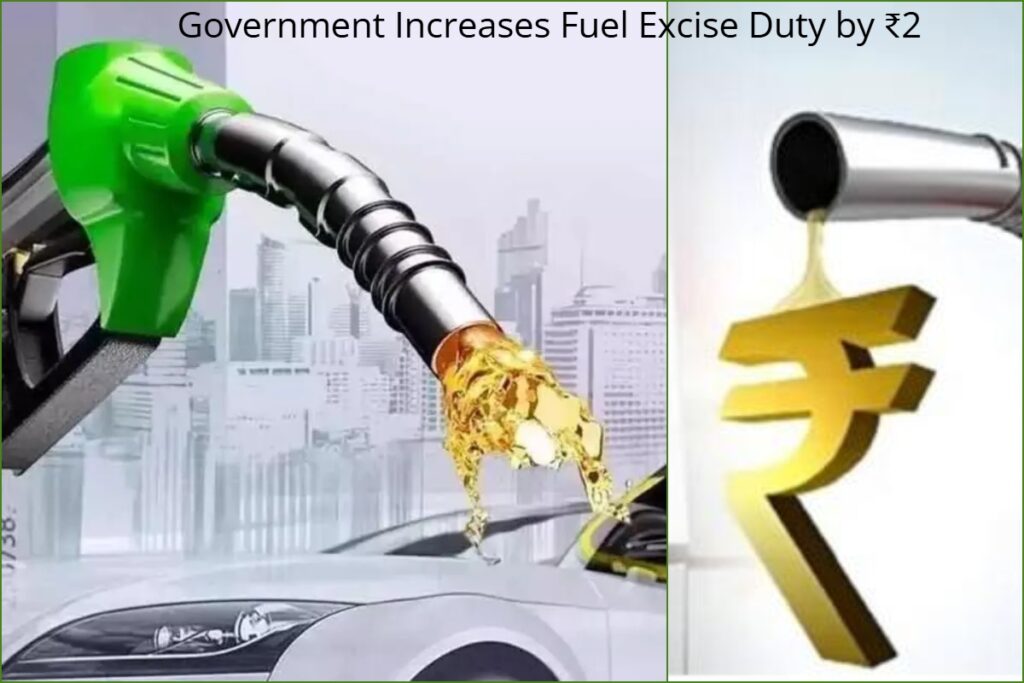In a move that blends fiscal strategy with political prudence, the Indian government Increases Fuel Excise Duty in petrol and diesel by ₹2 per liter each—but here’s the twist: you won’t feel it at the pump.
Announced on April 7, 2025, the hike brings the total excise duty to ₹13 on petrol and ₹10 on diesel. However, the government has clarified that retail prices will remain unchanged. This adjustment is being cleverly absorbed by the price cut margin that emerged due to plummeting international crude oil prices — now at their lowest since April 2021. The decline in global oil prices has been triggered by renewed economic tensions between the US and China, stirring fears of a global recession and reduced oil demand. Brent crude recently fell to $63.15 a barrel, while US crude dropped to $59.57. These levels provided the government a window of opportunity to quietly shore up revenue without sparking consumer outrage.
Union Minister for Petroleum and Natural Gas, Hardeep Singh Puri, assured that even if crude oil prices rise to $65, oil marketing companies (OMCs) would still have enough buffer to moderate prices. In other words, the fuel price stability, for now, seems safeguarded. Industry experts also suggest the move was anticipated. Harshraj Aggarwal of Yes Securities pointed out that the government likely saw the duty hike as a logical step given that marketing margins had ballooned to over ₹10 per litre. Even with inventory losses expected due to current price levels, OMCs still sit on comfortable margins, enabling this fiscal manoeuvre.
Also check:- Multiple Earthquakes in Asia: Strong Tremors Hit India, Myanmar, Indonesia, and Tajikistan
This policy follows the December 2024 decision to remove the windfall tax on domestic crude and fuel exports — a move aligned with falling crude prices. While the public sees no difference in pump prices, the government stands to gain significant revenue, a much-needed boost in a period where public spending remains high. It’s a rare win-win: consumers enjoy price stability, and the exchequer pads its coffers quietly.
But the key question remains: how long can this delicate balancing act last if global oil prices begin to swing upwards again?
For now, however, the move stands as an example of shrewd economic timing — maximizing internal revenue generation without sparking fuel price inflation.


